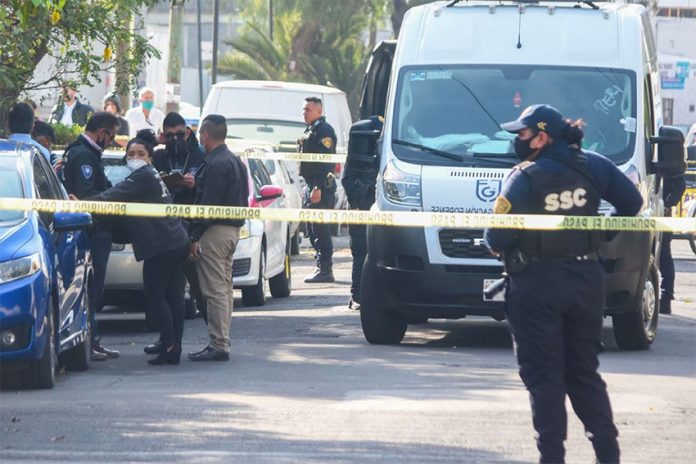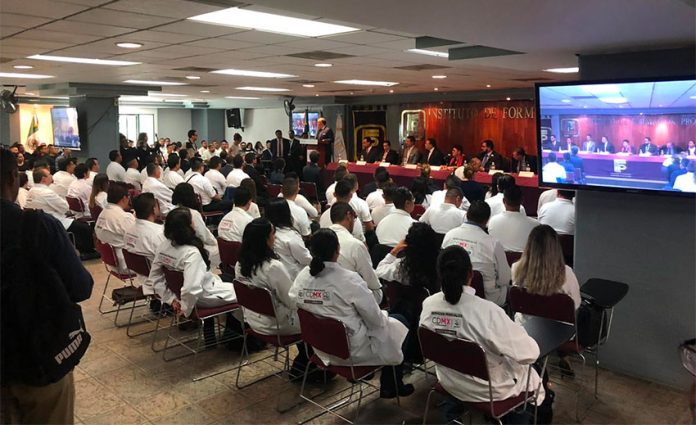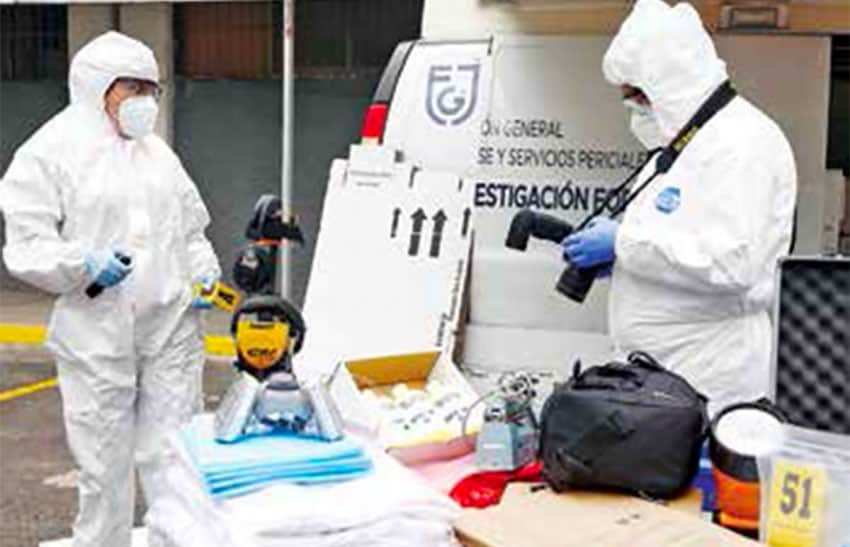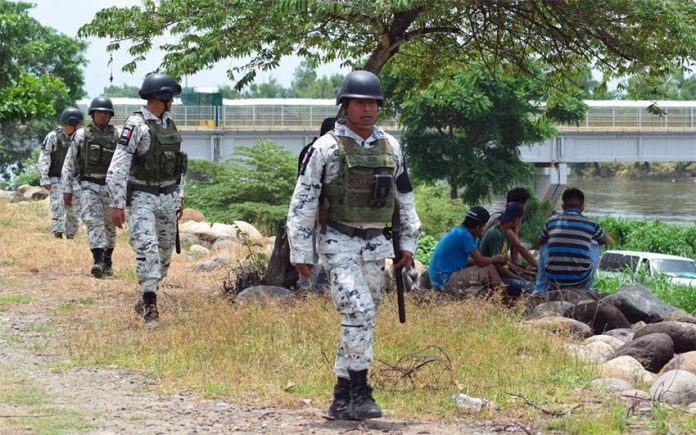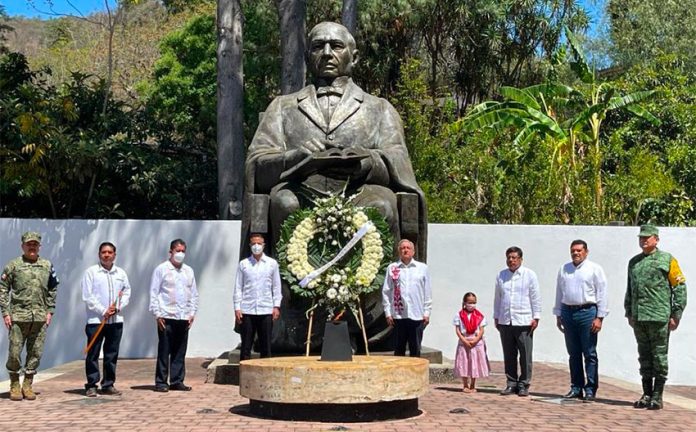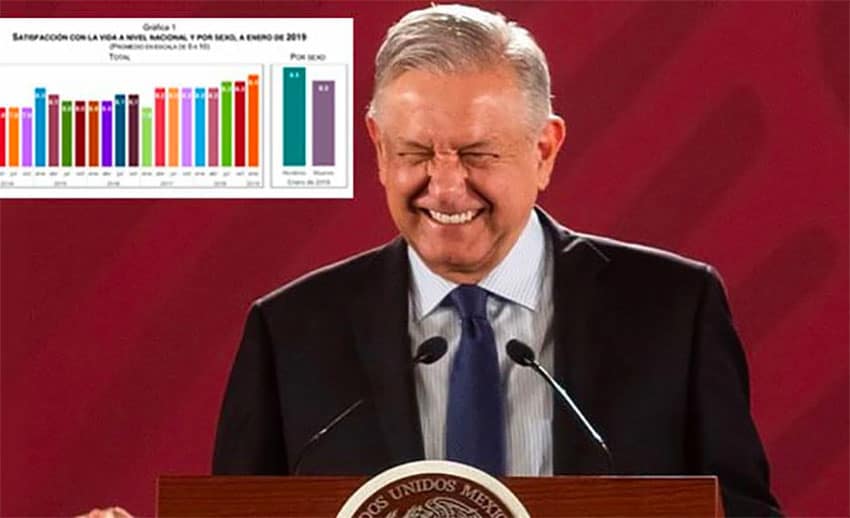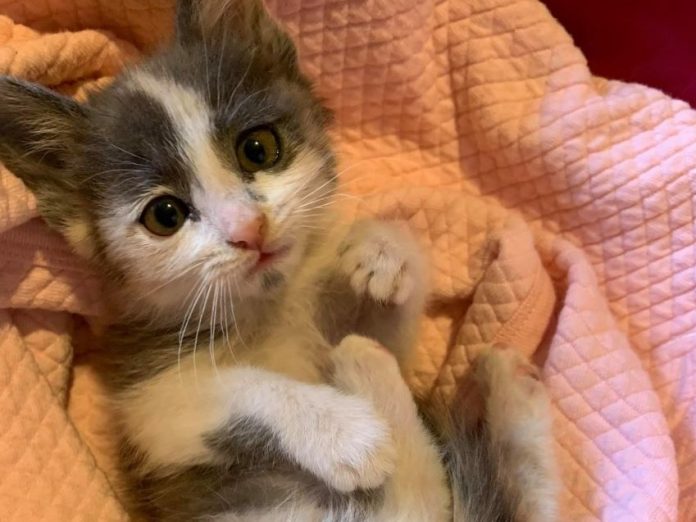Homicides declined 5.3% in February compared to the same month a year earlier, reaching their lowest level since President López Obrador took office in December 2018.
The federal government reported Monday that there were 2,626 homicide victims last month, a reduction of 146 compared to February 2020.
“February has been the month with the least number of homicide victims during the entire [current federal] administration,” Security Minister Rosa Icela Rodríguez told the president’s morning press conference.
“This crime declined 5.3% with respect to the same month of last year and is concentrated in the states of Guanajuato, Baja California, Jalisco, México state, Michoacán and Chihuahua,” she said.
While February was indeed the month with the fewest homicides since López Obrador assumed the presidency, it was helped by the fact that there were only 28 days last month.
The average number of daily homicide victims in February – 94 – was in fact three higher than the average in January and nine higher than last December, which is now the month with the second fewest homicides since López Obrador took office.
Data showed that 50.6% of all homicides committed last month occurred in the six states cited by Rodríguez.
Guanajuato, where several criminal groups including the Jalisco New Generation Cartel and the Santa Rosa de Lima Cartel operate, has been Mexico’s most violent state in recent years but homicides declined markedly in February compared to the same month last year.
“After reaching a historic maximum of 462 homicide victims in February 2020, in February [this year] we managed to reach 256 victims,” Rodríguez said, asserting that the increased presence of the military helped to reduce violence in the Bajío region state.
“In each of the priority municipalities in Guanajuato there was a significant reduction,” she said.
Rodríguez said that homicides also declined in 10 of 15 highly violent municipalities where about a quarter of all murders occur.
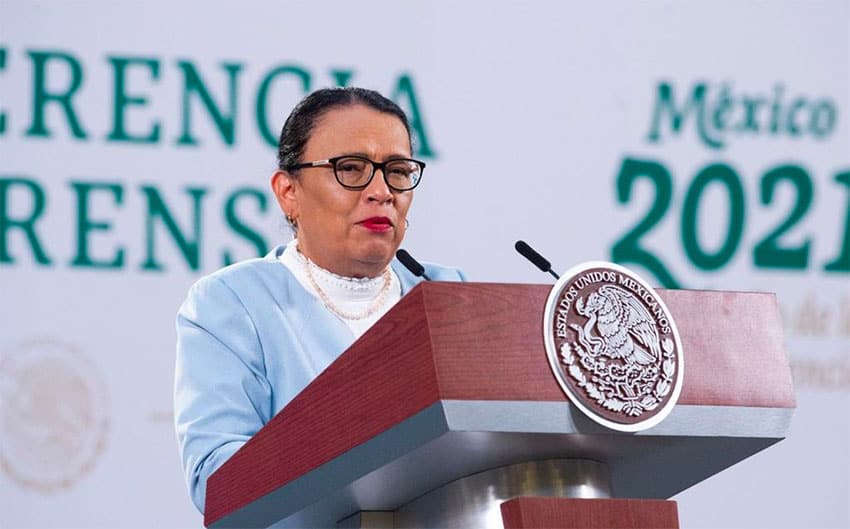
In addition, the security minister highlighted that femicides decreased 14.9% in the first two months of 2021 compared to the same period of last year and federal crimes, among which are drug trafficking, fuel theft, human trafficking and firearms offenses, declined 19.9%. There were 71 femicides in February, one fewer than January.
Most forms of robbery and kidnapping have also declined this year, said Rodríguez, who pointed out that there were 64 abduction cases last month compared to 185 in January of 2019.
López Obrador acknowledged that high levels of homicide continue to plague some states despite the presence of the National Guard, a security force created by his government.
“The issue is perseverance – not to neglect any state and to be attentive [to the crime problem],” he said.
López Obrador took office pledging to reduce Mexico’s high levels of homicides by addressing the root causes of violence such as poverty and lack of opportunity through social, employment and welfare programs.
However, his first full year in office – 2019 – was the most violent on record and homicides only declined 0.4% last year despite the coronavirus pandemic and the ranks of the National Guard swelling to almost 100,000.
Although the security minister was eager to highlight the annual reduction in homicides, Mexico has still had a very violent start to the year and will easily exceed 30,000 homicides in 2021 if the numbers seen in January and February remain at similar levels between March and December.
As has become all too common, Mexico has seen several attacks with multiple victims in 2021.
Among them: the massacre of 19 migrants in Tamaulipas in January, a mass shooting in Jalisco that left 11 people dead in February and an ambush last week in México state that claimed the lives of 13 police officers.
Source: Expansión Política (sp), Animal Político (sp), Milenio (sp)
